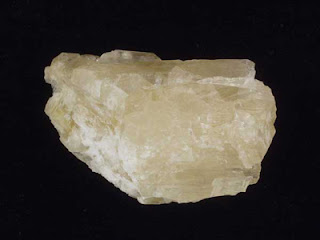 Calcite Uses;
Calcite Uses;
Paper industry
Paint Industry
Plastic Industry (PVC pipe, profile, panel, cable, etc.).
Construction Sector (plaster, filler, grouting, etc.).
Adhesives
Food Sector (bubble gum, fodder)
Ceramic Industry
Floor Carpet, linoleum
Toothpastes
Calcite or any other name Calcium Carbonate (CaCO3), gleaming glass, transparent, easy is to break, hardness 3 and specific gravity of 2.6 to 2.8 the coarse crystalline marble. Crushing, grinding and separation (classification) is micronized and industry operations through the ground compared to the natural or naturally milled and micronized calcite upon passing through a coating process, often filling material (filler), have offered the use of a variety of sectors.
Micronized calcite, printing papers, wall papers and cardboards used by adding the production rate of 15-30% cellulose. To its high whiteness, and the cheapness of paper due to technical features gained in the last 10 years, starting in Europe, replacing the paper industry has been all over the world kaolen'in.Pulp and paper sector, less consumption, less optical whitener is crucial contribution to the environment by providing. Again, paint industry, construction, interior and exterior paints in water-based paint coating system used in 25-30% of calcite has a positive impact of lowering costs and reducing consumption of titanium dioxide. Micronize calcite, in the plastics industry, the color, such as chemical purity and cheapness of reasons, many plastic product manufacturing, particularly PVC pipes, profiles, panels, wiring and so on. sectors, both natural and crushed, as well as coated, is used extensively. Micronized calcite, also, adhesives, chewing gum, food industry, toothpaste, ceramics, carpet and linoleum floor, foam, rubber and so on. sectors are also used.
